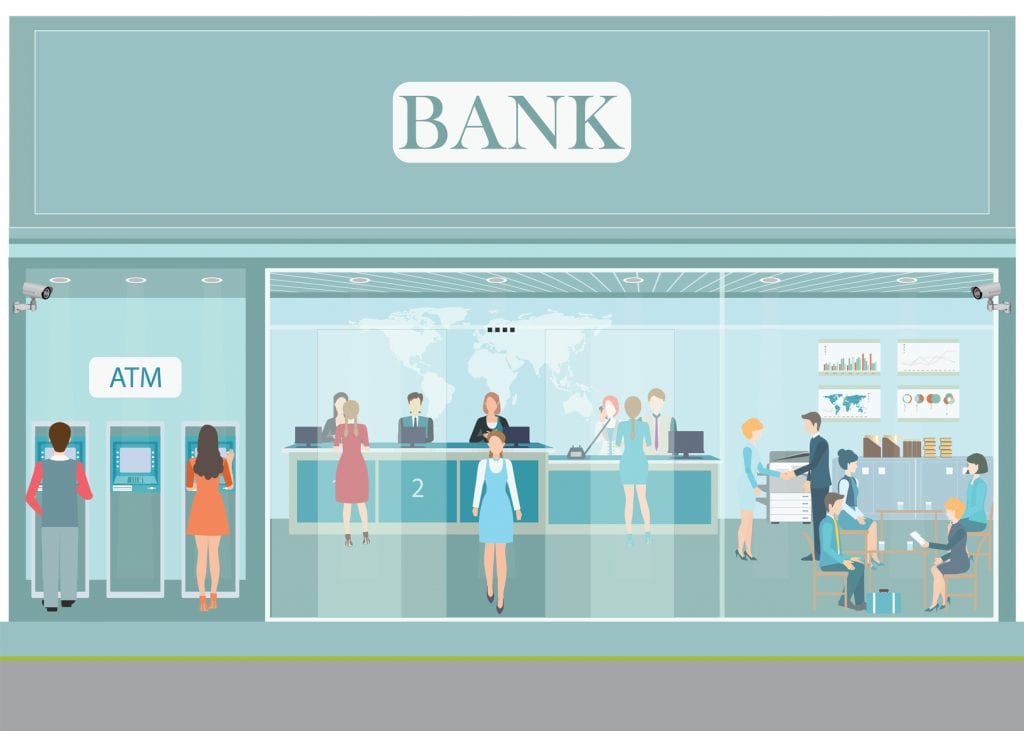The way we bank is constantly changing. It has become more convenient to deposit checks, transfer money, pay for purchases and so much more. Millennial consumers have demanded these financial services, and credit unions have delivered. As technology continues to evolve, credit unions must strive to understand them and their need to continuously court a generation that’s come to expect convenience at every turn. A recent study on credit unions and Millennials in America revealed many factors to earning their loyalty, such as the organization’s reputation, local connection and whether the CU is highly recommended by friends and family. Credit unions also have to do a better job explaining how they differ from banks and how they make their services seamlessly fit into their members’ lives. The future, however, may hinge on how well the industry anticipates their needs and whether they can develop the technology to cater to them.
The evolution of technology impacts Millennials in nearly every aspect of their life. Need to pay someone? There’s an app for that. Need a ride? There’s an app for that. They rely on the services to make their lives easier. Many prefer to be driven around, rather than drive themselves. They prefer to rent a home rather than buy and deal with maintenance of a home. This do it for me concept (DIFM) is why companies such as Uber have had so much success, and this tendency is transcending into the banking world. Let’s take the app Acorns as an example of a service that helps them invest money so they don’t have to think about it or do it themselves. Users connect their accounts and cards to the app, then make purchases, and Acorns rounds up their change to the nearest dollar. The app invests their spare change automatically without requiring the user to perform any other action. This may seem risky for some, but, for the most part, Millennials are not afraid to let someone else manage their money.
Credit unions, such as GTE Financial, have created a similar app called Future Change. The app creates a very unique savings account that will allow members to save with every swipe of their debit card. It then rounds up each purchase made, to the next whole dollar, and transfers that change into the Future Change savings account. The best part about the app, is it allows members to see how much they have saved and how much interest and payments they can avoid, if they apply that change to their GTE Home or Auto Loan. The app even goes one step further, and allows the member to apply their savings to the principle of their loan, with just a few taps of the screen. Unlike Acorns, Future Change is free to GTE members, and aligns with what Millennials want now, and promotes financial literacy.
Millennials will continue to seek companies that develop do it for me services and technology that help streamline their busy lives, however, they are known for cautiously weighing the pros and cons of services before jumping on the bandwagon.
For example, digital wallet services are growing in popularity, but while convenient, they’re not the perfect solution. Cash is still king when it comes to paying a friend back for lunch or leaving a tip. As a result, the services can help us avoid carrying around a bulky wallet, but they won’t completely replace cash.
Wallets can be useful in other ways. When fraud occurs on a debit or credit card, typically credit union members are left in a bind, waiting days for the arrival of a new card. This year, GTE Financial plans to work on eliminating this wait time by issuing a new virtual card instantaneously on the members’ smartphone. It’s this type of immediacy and customer service that Millennials love—and now expect—and more than ever before, credit unions will have to keep up to keep them on board.
